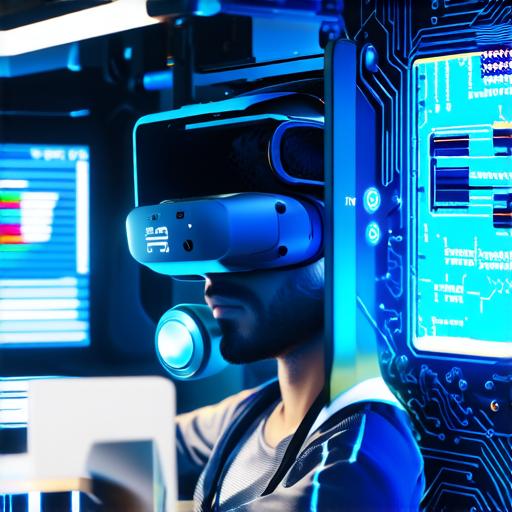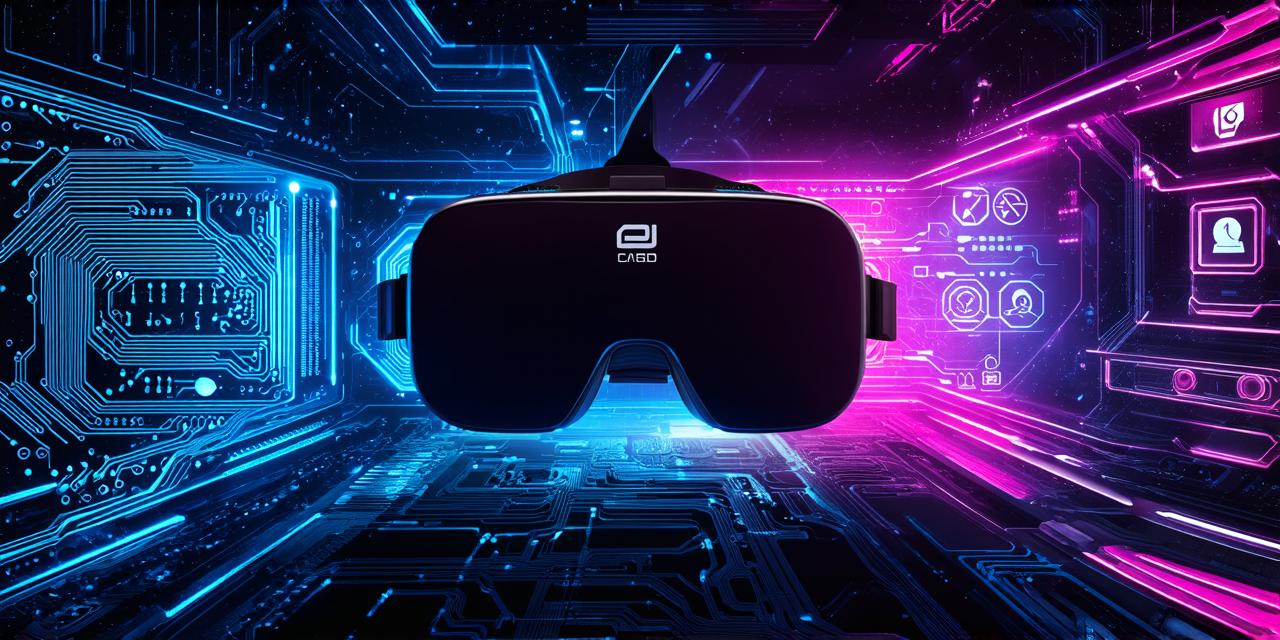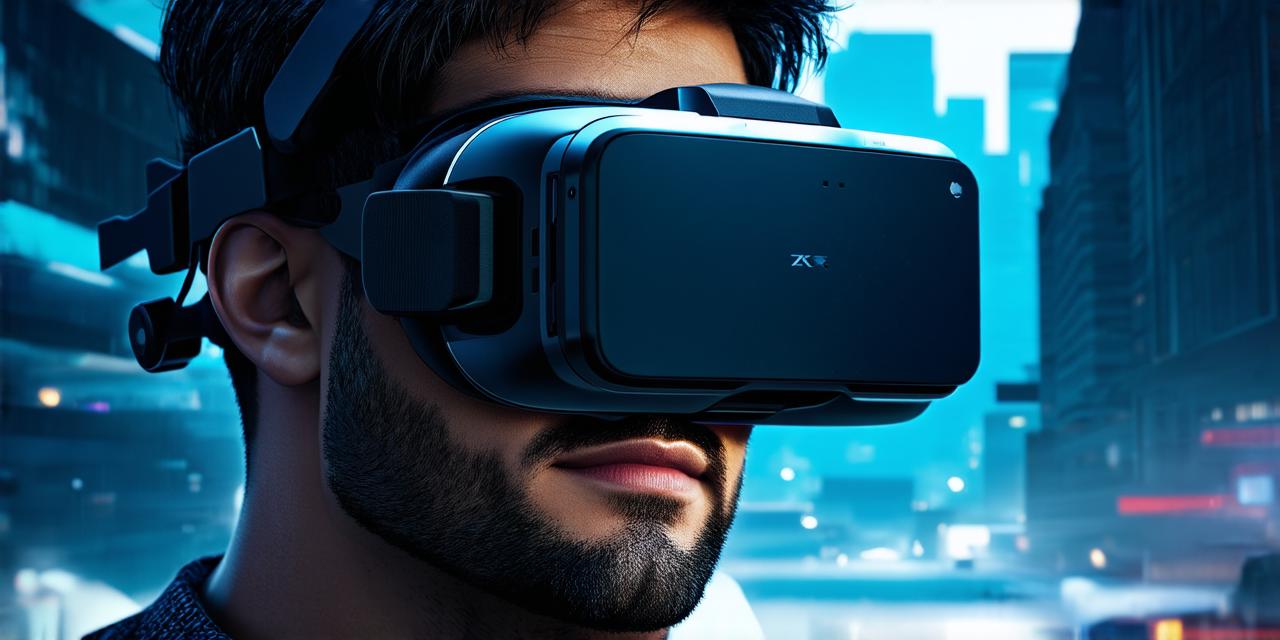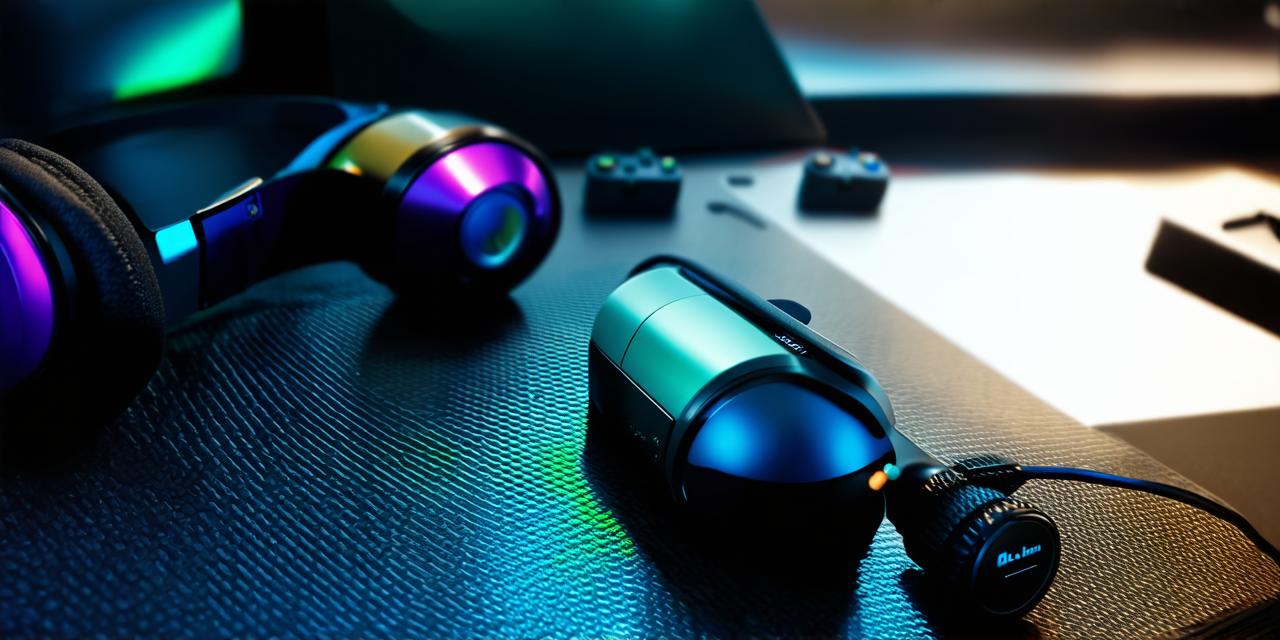Virtual reality (VR) is a rapidly growing field that offers endless possibilities for design and creativity. Whether you are an experienced designer or just starting out, creating virtual reality designs can be both challenging and rewarding.
1. Define Your Purpose and Goals
The first step in creating a virtual reality design is to define its purpose and goals. What do you hope to achieve with your VR experience? Are you looking to educate, entertain, or inspire? Determining the overall purpose of your VR design will help guide your creative process and ensure that your final product aligns with your intended goals.
2. Choose Your Platform and Tools

There are a variety of platforms and tools available for creating virtual reality designs, including Unity, Unreal Engine, and A-Frame. Each platform has its own strengths and weaknesses, so it’s important to choose the one that best suits your needs and skill level. Additionally, you may want to invest in specialized hardware, such as a VR headset or motion controllers, to enhance your design experience.
3. Create Your Environment and Assets
The environment and assets of your VR design are crucial for creating an immersive and believable experience. This includes everything from the 3D models and textures of objects to the lighting and sound effects that bring the scene to life. When designing your environment, it’s important to consider factors such as scale, perspective, and depth to create a sense of realism and presence in the VR space.
4. Design Your User Experience
Designing a virtual reality experience requires careful consideration of the user journey and how users will interact with your design. This includes designing intuitive controls, creating clear and concise instructions, and testing your design to ensure that it is easy to use and navigate. Additionally, you may want to consider incorporating elements such as user feedback and analytics to continuously improve your VR experience.
5. Develop and Test Your Design
Once you have completed the design process, it’s time to develop and test your virtual reality experience. This involves coding and programming your design, integrating any necessary assets and features, and testing your design on a variety of devices and platforms to ensure that it functions as intended. It’s important to thoroughly test your design to identify and fix any bugs or issues before releasing it to the public.
6. Publish and Promote Your Design
The final step in creating a virtual reality design is to publish and promote it to your target audience. This may involve submitting your design to VR app stores, marketing your design through social media and other channels, and gathering user feedback to continue improving your design over time. By effectively promoting your VR design, you can reach a wider audience and maximize its impact and effectiveness.
In Summary
Creating virtual reality designs requires a combination of creativity, technical skills, and attention to detail. By following the steps outlined in this comprehensive guide, you can create an effective and immersive VR experience that engages and inspires your target audience.



